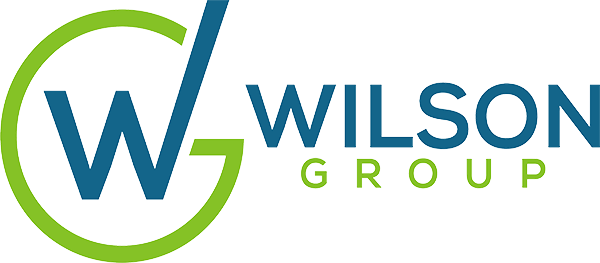by Susan Malanowski and John Malanowski
Our clients often ask us how to use human capital to achieve their business strategy and goals. We have had the pleasure of working with several organizations that understand the line of sight between well designed human capital programs and business plan performance. These organizations understand that you cannot leave your human capital programs to chance. Human Capital includes talent acquisition, workforce development, compensation and benefits, culture and capabilities and performance management. Effective human capital programs work together to effectively attract, engage and reward talent in their organizations because they meet unique business needs. In our experience, we have seen that business plan execution is guided and supported by human capital programs with four foundational pillars, i.e., sustainable, predicable, repeatable and transparent.
Sustainable human resource programs are at the heart of supporting the strategic imperatives and maintaining the overall financial health of an organization. They scale as companies are growing, transforming and maintaining their businesses. During times of sudden and unpredictable uncertainty, many organizations are rethinking their operations and strategy and it is important that their HR programs adapt and support change and innovation, in addition to worker safety, furloughs, reductions and cost cutting, e.g., for example, withholding 401K matching or deferring annual merit programs. On the flip-side, those companies whose business has grown unexpectedly, they may want to implement a rewards program to share profits or reward the extra effort put forth to meet business growth opportunities. Human Capital programs then must look beyond the “interim normal” to adapt again to what business needs will be at that time too.
Predictability in human capital programs, include annual salary increases where salaries are reviewed at the same time each year. In addition, predictability enables mission driven work and improvement. For example, if human metrics provide insights and understanding on the cost of employee attrition, or lost revenue based on time to fill an open position, the current status is predictable and paths to improvement become clear. Human Resources will focus senior leader conversations on what matters most in building culture and capabilities in order to improve time to fill vacancies. “Leaning out” core programs to measure and track what matters most is becoming critical in these times of significant business disruption.
Employees look to senior leaders to take care of them in times of change. While this may apply differently in organizations, values-based leadership is a competitive advantage. Providing a consistent and reliable methodology to develop and evaluate goals and objectives can increase employee resiliency and engagement. Now, more than ever, employees are asking if the values of the company that they work for totally aligns with theirs. If they do not, many are poised to consider career moves once we return to a “new normal”. Building culture and capabilities that builds and reinforces values-based behaviors will become a repeatable foundation of an enterprise human resource program infrastructure.
The human resource organization should be champions of transparency regardless of either the internal or external business climate. Sponsoring working groups in the design of employee engagement initiatives and employee development programs are just two of the many ways that organizations are becoming more collaborative in involving people in the design of the programs that matter most to them. Another example is publishing and explaining the compensation salary structure, bonus programs and recognition opportunities. Employee satisfaction with their pay has been shown to improve just by improved communication and understanding. Transparency can reinforce an organization’s values, add to employee resiliency and foster a psychologically safe work environment.
Building your human capital programs, policies and practices around these pillars will provide a philosophy on which to build and adapt an ecosystem that will stand the test of time regardless of the issue. Consider the building of a post and beam barn where 80% of the work and care goes into design, strength and integrity of the frame. With that in place, the structure can become anything and withstand the test of time and transition. An organization’s work force is the frame.
Wilson Group has capabilities beyond compensation through our partnership with human resource consultants who can help with the strategic and operational needs that you may have. We would be pleased to have a conversation about the insights we have and how we could possibly help your organization reach its business goals through its human capital programs.

